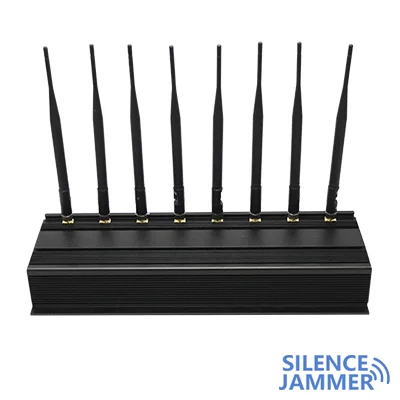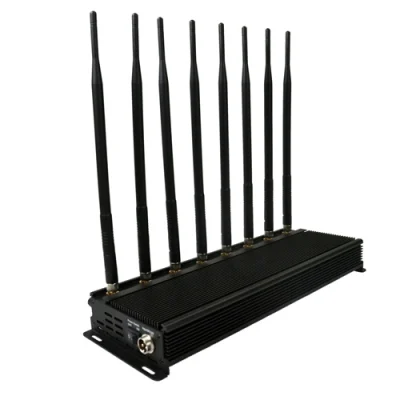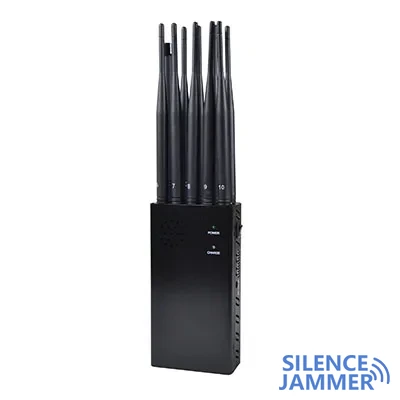In March 2020, the U.S. Space Force announced that its first "weapon" system, the counter-communication system CCS Block 10.2, was officially put into use. The system is designed to prevent the enemy from accessing its military satellite communications and cutting off contact with the homeland, which is of great significance in modern warfare, especially for armed forces that rely on satellite commands.

Satellite Jammer CCS Block 10.2 System Background and Functions
The receiving unit of the satellite signal jammer CCS system is the 4th Space Control Squadron at Peterson Air Force Base in Colorado. The Pentagon once described the system as "expeditionary, deployable, and reversible offensive space control (OCS) effects that can be applied across the entire range of conflicts." This means that CCS can be quickly deployed to the war zone by military transport aircraft and cut off communications between the enemy and its satellites when necessary. This capability can effectively weaken the enemy's command and control capabilities, early warning capabilities, and information dissemination capabilities.
Technical progress and application of the satellite signal jammer CCS system
The initial version of the satellite signal jammer device CCS system was first launched in 2004 and has undergone several upgrades. The latest Block 10.2 version is capable of interfering with a wider range of radio spectrum. Users of the system include the Air National Guard and active-duty forces in California, Colorado, Florida, and Hawaii.
The specific technical parameters of the satellite jammer CCS are confidential, but there are indications that it can interfere with major commercial frequencies (such as C and Ku bands) as well as common military frequencies (such as X band and Ka band). According to a 2019 report by the Secure World Foundation, at least 13 CCS systems have been put into use, showing its importance in the US military strategy.
Relative advantages and competition with other countries
The United States is not the only country with satellite communication jamming capabilities. Russia's Tirada-2S "Mobile Satellite Communication Suppression System" is also under development, although there are fewer specific details about the system. According to a report by the US Defense Intelligence Agency, China is also developing its own satellite communication jammers, although no specific systems have been exposed yet. These developments indicate that military competition is intensifying worldwide, with countries seeking to enhance their capabilities in space and electronic warfare.
Strategic Significance of CCS Block 10.2
- In modern military, satellite communications are an indispensable support system, and almost all military forces rely on satellites to some extent. Therefore, simply shooting down these satellites is not a viable option, as their orbits are usually located above 22,236 miles and are difficult to approach. In contrast, combat objectives can be achieved more effectively by interfering with enemy communication signals.
- The deployment of CCS Block 10.2 marks a further strengthening of the US Space Force's electronic warfare capabilities, showing flexibility and foresight in the face of modern warfare challenges. This new weapon can not only play a direct role in combat, but may also change the way opponents make decisions at the strategic level.
- As technology continues to develop, the capabilities of counter-communication systems will continue to improve. The US Space Force will continue to explore more advanced electronic warfare technologies to respond to emerging threats. The improvement of satellite jamming capabilities will provide stronger support and guarantee for US military operations around the world.





